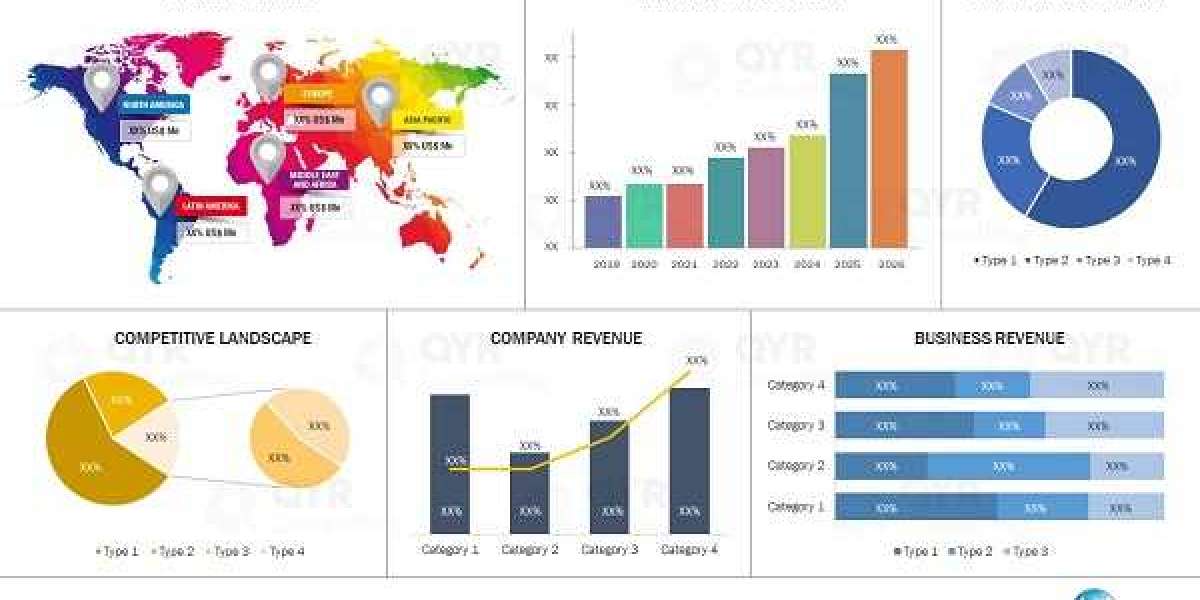Die Energiewende ist längst nicht mehr nur ein politisches Ziel – sie wird in privaten Haushalten und Unternehmen aktiv mitgestaltet. Besonders in Thüringen setzen immer mehr Menschen auf Solarenergie als nachhaltige, kosteneffiziente Lösung. Eine eigene solaranlage thüringen zu betreiben, ist heute einfacher und wirtschaftlicher denn je. Doch wie gelingt der Einstieg in die Solartechnik in Thüringen?
In diesem Artikel erfahren Sie, warum Thüringen ein attraktiver Standort für die Installation einer Solaranlage ist, welche Vorteile eine eigene Photovoltaikanlage bietet und worauf Sie bei der Planung achten sollten.
Warum ist Thüringen ideal für eine Solaranlage?
Thüringen bietet hervorragende Bedingungen für die Nutzung von Solarenergie. Mit durchschnittlich über 1.600 Sonnenstunden pro Jahr können Solaranlagen in Thüringen zuverlässig Strom erzeugen – sowohl auf privaten Dächern als auch auf gewerblichen Gebäuden oder in der Landwirtschaft.
Zudem fördert das Bundesland aktiv den Ausbau erneuerbarer Energien. Das macht die Solaranlage in Thüringen nicht nur ökologisch sinnvoll, sondern auch ökonomisch attraktiv. Die Kombination aus natürlicher Sonneneinstrahlung, regionaler Förderung und modernen Technologien sorgt dafür, dass sich eine Investition in Solarenergie meist schon nach wenigen Jahren rechnet.
Die wichtigsten Schritte zum Einstieg in die Solartechnik in Thüringen
- Bedarf analysieren
Der erste Schritt zur eigenen Solaranlage in Thüringen ist die Analyse des Stromverbrauchs. Je nach Haushaltsgröße oder Unternehmensstruktur variiert der Energiebedarf erheblich. Eine genaue Bedarfsermittlung hilft bei der Auswahl der passenden Anlagengröße.
- Dachfläche prüfen
Die Effizienz einer Solaranlage hängt stark von der Ausrichtung, Neigung und Beschattung der Dachfläche ab. In Thüringen sind viele Gebäude für Photovoltaik bestens geeignet. Fachbetriebe bieten professionelle Vor-Ort-Analysen, um das Potenzial Ihrer Dachfläche zu bestimmen.
- Fördermöglichkeiten nutzen
Wer eine Solaranlage in Thüringen installieren möchte, kann auf verschiedene Förderprogramme zugreifen. Neben bundesweiten KfW-Darlehen unterstützt Thüringen auch lokal mit Zuschüssen, etwa für Batteriespeicher oder Netzeinspeisung. Ein erfahrener Solartechnik-Anbieter hilft Ihnen, die passende Förderung zu finden und zu beantragen.
- Wirtschaftlichkeit prüfen
Dank sinkender Anschaffungskosten und steigender Strompreise sind Solaranlagen in Thüringen wirtschaftlich besonders interessant. Viele Betreiber erzielen eine hohe Eigenverbrauchsquote und machen sich so weitgehend unabhängig vom Strommarkt.
- Den richtigen Partner wählen
Ein erfahrener Fachbetrieb ist der Schlüssel zu einer erfolgreichen Solaranlage in Thüringen. Achten Sie auf Transparenz, Qualität der Komponenten, umfassende Beratung und langfristigen Service. Gute Anbieter begleiten Sie vom ersten Beratungsgespräch über die Planung bis zur Inbetriebnahme.
Die Installationen einer Solaranlage in Thüringen bietet Ihnen zahlreiche Vorteile. Sie senken Ihre Stromkosten langfristig und genießen so eine zunehmende Unabhängigkeit von Stromanbietern. Durch zahlreiche Förderprogramme wird der Preis der Installation einer Solaranlage attraktiv, zeitgleich steigern Sie den Wert Ihrer Immobilie enorm. Neben all diesen Vorteilen tragen Sie außerdem aktiv zum Umweltschutz bei, indem Sie Strom emissionsfrei selbst produzieren.
Fazit: Mit Evionyx-Solar zur erfolgreichen Solaranlage in Thüringen
Der Einstieg in die Solartechnik ist in Thüringen so lohnenswert wie selten zuvor. Wer auf erneuerbare Energien setzt, spart langfristig Kosten, schützt die Umwelt und investiert in die Zukunft.
Wenn Sie auf der Suche nach einem kompetenten Partner für Ihre Solaranlage in Thüringen sind, empfehlen wir Ihnen Evionyx-Solar. Das 2017 gegründete Unternehmen bietet maßgeschneiderte Lösungen für private, gewerbliche und landwirtschaftliche Anwendungen in ganz Thüringen. Mit umfassender Beratung, hochwertiger Technik und langjähriger Erfahrung sorgt Evionyx-Solar dafür, dass Ihr Einstieg in die Solartechnik ein voller Erfolg wird. Mehr Informationen erhalten Sie online unter www.evionyx-solar.de.
Jetzt ist der richtige Zeitpunkt, um auf Solarenergie zu setzen – mit einer zuverlässigen Solaranlage in Thüringen und einem starken Partner an Ihrer Seite.
Für weitere Einzelheiten können Sie uns besuchen:











